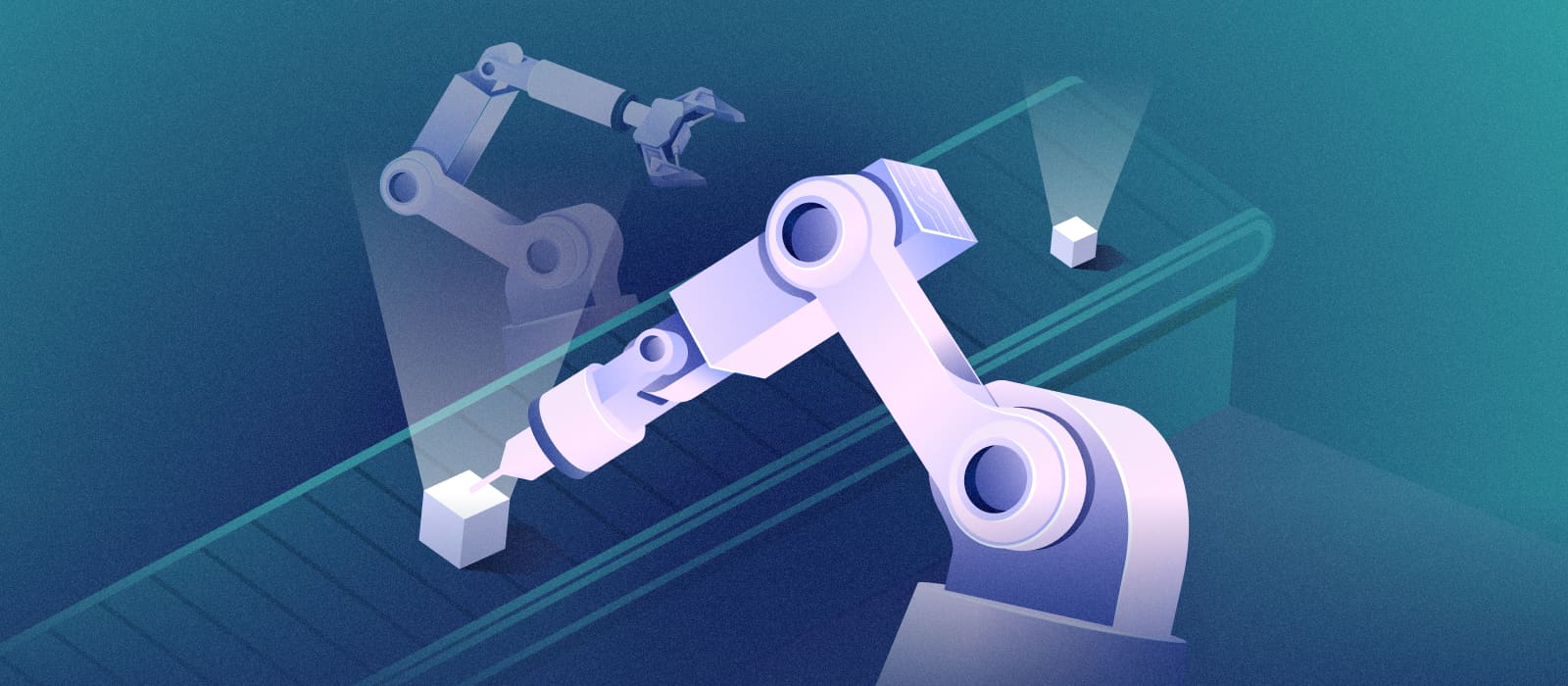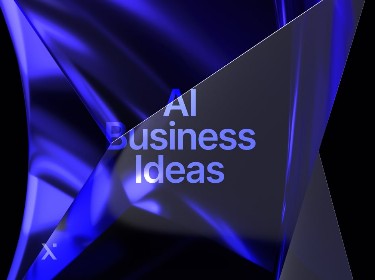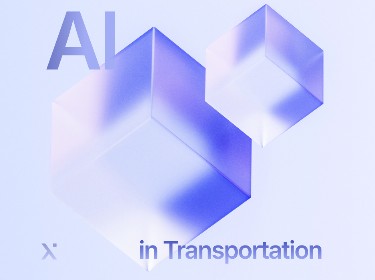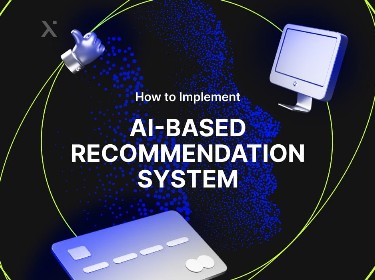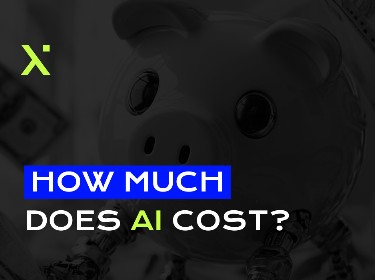Over the last couple of centuries, the history of manufacturing has changed dramatically. As the world enters the fourth Industrial Revolution, or ‘Industry 4.0’, these changes have become all the more profound.
Manufacturing is one of the most important sectors in the world’s economy. It accounted for 17% of global GDP in 2021 and generated an output of $16.5 trillion globally.
Moreover, Industry 4.0 has given rise to an emerging sector in manufacturing, Smart Manufacturing, that has assimilated and been transformed by machine learning techniques.
The global Smart Manufacturing market in 2022 was valued at $97.6 billion and is projected to reach $228.3 billion by 2027. It is estimated to grow at a CAGR of 18.5% from 2022 to 2027.
From eliminating the primary causes of production losses and other associated costs to increasing workforce productivity and overall production speed, machine learning in manufacturing is rapidly changing the landscape of the manufacturing world.
So let’s dive into the details of this process, finding out the whys and hows.
Top 7 applications of machine learning in manufacturing
![]()
To grasp the intertwined relationship between machine learning and manufacturing, we need to look up close at some of the most prominent applications of ML in manufacturing.
#1 Supply chain optimization
Supply chain development services are an inseparable part of manufacturing digitalization, and it goes without saying that machine learning technologies are revolutionizing components of a cognitive supply chain that is evolving in the manufacturing industry. Cognitive supply chain management will also enhance the following areas:
- Demand forecasting analyzes clients’ behaviors and preferences utilizing time series analysis, feature engineering, and natural language processing (NLP).
- Warehouse control enables rapid replenishment of goods by facilitating stock control with deep learning-based computer vision systems.
- Logistics and transport optimization machine learning algorithms assess and allocate the most optimal routes for shipping and transportation solutions.
#2 Predictive maintenance
According to a PwC report, predictive maintenance will be one of the fastest-growing manufacturing machine learning assets, with a projected increase in its market value of 38% from 2020 to 2025.
Rather than performing maintenance on a fixed schedule or using SCADA systems with human-coded thresholds, alert rules, and configurations, predictive maintenance employs algorithms to forecast the next failure of a component, piece of equipment, or system.
However, even with the most robust algorithm, predictive quality analytics are only as good as the data used to train them. In order to succeed, manufacturers must have a well-designed data collection strategy that captures all critical information about their process.
Discover how our IoT development & consulting services can assist you with predictive maintenance
#3 Inspection and monitoring
Inspection of parts and monitoring of processes using computer vision is one of the most high-impact machine learning applications in manufacturing.
Cost-effective sensors such as RGB cameras wrapped with ML-based algorithms can perform high throughput part inspection. Computer vision based techniques can also enable high-quality continuous process monitoring.
A recent study, for example, proposes a data-driven strategy for enabling autonomous examination of integrated circuit (IC) wire bonding problems. It demonstrates the effectiveness of the devised method using X-ray images obtained from a semiconductor factory.
#4 Generative design
Machine learning is used in generative design to transform time-consuming engineering design processes into a sophisticated yet natural interaction between computer and engineer.
Machine learning employs discriminator and generator models to:
- develop new designs for specific products
- train deep learning algorithms to recognize and define every design option, thus transforming the computer into a “design partner”
- differentiate between generated and real products
Generative design tends to work best with other technologies, such as 3D printing.
#5 Quality control
Process-based losses are becoming more and more difficult to sustain. Machine learning can automatically identify the root causes of process-driven production losses using continuous, multivariate analysis via process-tailored ML algorithms and machine learning-enabled Root Cause Analysis (RCA).
Automated recommendations and warnings are then generated to notify production teams and process engineers of an impending problem and seamlessly exchange vital information on how to prevent losses before they occur.
#6 Digital twin utilization
Manufacturers can use ML-enabled digital twins to carry out instant diagnostics, evaluate production processes, and make performance predictions.
Digital twins can also help revolutionize engineering practices while offering full design, production, and operational customization. In other words, manufacturing companies can create a virtual representation of their products and processes, testing and optimizing them before they are built.
#7 Energy consumption prediction
Forecasting energy usage is critical in production for several reasons. For starters, it can assist industry owners and operators in planning future energy requirements. This planning is essential for ensuring that factories have the necessary resources to meet production demands. Anticipating energy usage might also help avoid production delays caused by unanticipated changes in energy pricing or availability.
To maximize efficiency in every aspect of production, it’s important to consider how much energy is consumed. This is done using:
- Deep neural networks: Data scientists use these to quickly uncover data consumption patterns in massive datasets. Like autoregressive models, these can be trained to extract features automatically from input data without requiring feature engineering.
- Autoregressive models are excellent for defining power consumption trends, cyclicity, irregularity, and seasonality. Data scientists can increase accuracy by transforming raw data into features that help specify a prediction algorithm’s tasks.
- Neural networks for sequential data: RNN (recurrent neural networks), LSTM (long short-term memory), GRU (gated recurrent unit), and attention-based neural networks use internal memory to store information from previously inputted energy usage data.
Not only manufacturing: see how ML is used in FinTech
What are the real-life examples of machine learning in manufacturing processes?
![]()
Manufacturers all over the world are leveraging machine learning to advance their position in the sector. Our ML development company prepared a list with the most notable examples showcasing the power of machine learning in manufacturing.
Siemens
The German conglomerate Siemens introduced its Anomaly Assistant app that combines ML and AI development into a single efficient solution. The app usesML algorithms are trained using process data and can then identify the anomalies affecting a given facility’s economic efficiency.
Through the app dashboard, plant operators can refocus the AI to identify the most relevant anomalies, and analyze them. This analysis phase is repeated numerous times so that plant operators can develop a fully-trained AI capable of detecting and evaluating abnormalities based on process data.
The app can be installed as a cloud or within a customer’s existing infrastructure. The program is available on Amazon Web Services (AWS) and for on-premises deployments on SIMATIC Box PC or virtual machines (ESX, Hyper V). The cloud-based strategy with AWS allows Siemens and its customers to communicate more successfully.
Working on the cloud can be especially beneficial during the review phase because data analysts and plant operators can cooperate more effectively.
General Motors
Overall, the automotive industry is experiencing its most precarious phase to date. A number of macro trends are positioned to disrupt the market irreversibly. Consumer preferences may shift significantly toward electric vehicles, discouraging OEMs (original equipment manufacturers) from investing in developing traditional drivetrain technology, while overall vehicle ownership may transfer from individuals to rideshare.
General Motors has not been spared from these concerns, since the effective price growth of an average vehicle has remained flat since 1998. However, manufacturing machine learning can provide the edge in an increasingly competitive product development environment.
In an initial proof-of-concept project, GM and Autodesk engineers applied generative design technology to reconceive a small but essential vehicle component, the seat bracket where seat belts are fastened.
The software produced more than 150 valid design options based on parameters the engineers set, such as required connection points, strength, and mass, with an organic structure no human could have imagined.
As a result, the new seat bracket is 40 percent lighter and 20 percent stronger than the original, consolidating eight different components into one 3D-printed part, another significant benefit of generative design.
Get insights into the top three machine learning techniques
Rolls-Royce
Altair and Rolls-Royce Germany’s aircraft design partnership now includes a higher level of machine learning for manufacturing processes. The companies inked a memorandum of agreement in 2020 to integrate machine learning into the engineering, testing, and design of aerospace engines. The move will reduce the number of sensors required for testing, decreasing development time and costs. Products will therefore reach the market faster.
With its IntelligentEngine vision, Rolls-Royce is now incorporating ML into its processes to a much greater extent. This technology allows a jet engine to communicate with and be aware of other engines, the support ecosystem, and the customer airline. In addition, IntelligentEngine enables a jet engine to learn from its experiences and optimize its performance.
Schneider Electric
Schneider Electric, a global power management and industrial automation firm, employs a predictive Internet of Things (IoT) analytics solution based on Microsoft Azure Machine Learning and Azure IoT Edge to remotely monitor and configure oil pump settings in its production plants.
The ML system detects any possible abnormality in temperature and pressure, which could point to other potential issues, and if detected in time, it will prevent failure.
Oil and gas software development implements this technology to detect which remote equipment needs repair, resulting in significant maintenance savings, boosted output and profit, and increased employee and environmental safety.
Vistra
Vistra is the largest competitive power producer in the United States, with power facilities in 12 states and a total capacity of 39 gigawatts of electricity, enough to power nearly 20 million homes.
The company has turned to digital and analytics techniques, including manufacturing machine learning, to maintain and improve its position.
More specifically, for its operations to run efficiently, employees had to continuously monitor hundreds of different indicators, measuring temperature, pressure, oxygen levels, and pump and fan speeds — and make adjustments in real time. The procedure was highly complex, and even the most competent operator couldn’t get it right all of the time.
To address this issue, the company built a heat-rate optimizer powered by machine intelligence, which examined hundreds of inputs and gave recommendations every 30 minutes. As a result, efficiency increased by 1%. And while that might not seem like much, it translates into millions of dollars in savings and reduced greenhouse gas emissions.
See how PixelPlex delivered this ML-powered intellectual property protection service for the Web3 space
Closing thoughts
Machine learning in manufacturing has become a strategic priority for leading companies. As a result, many have built dedicated centers of excellence to support their implementation efforts.
However, the success of the journey from digital dashboards to fully-fledged machine learning depends on multiple factors. The first is finding a reliable machine learning consulting company.
As the manufacturing sector moves towards machine learning solutions, opportunities are building, but the stakes are also getting higher in terms of the skills and investments required and the potential for error.
So let us build a custom ML model for you that will achieve supreme precision and get to grips with all your tasks. Whether it’s a fully-fledged self-taught system or a standalone layer, we will ensure it includes advanced analytics, convenient interaction scenarios, and undemanding controls.
